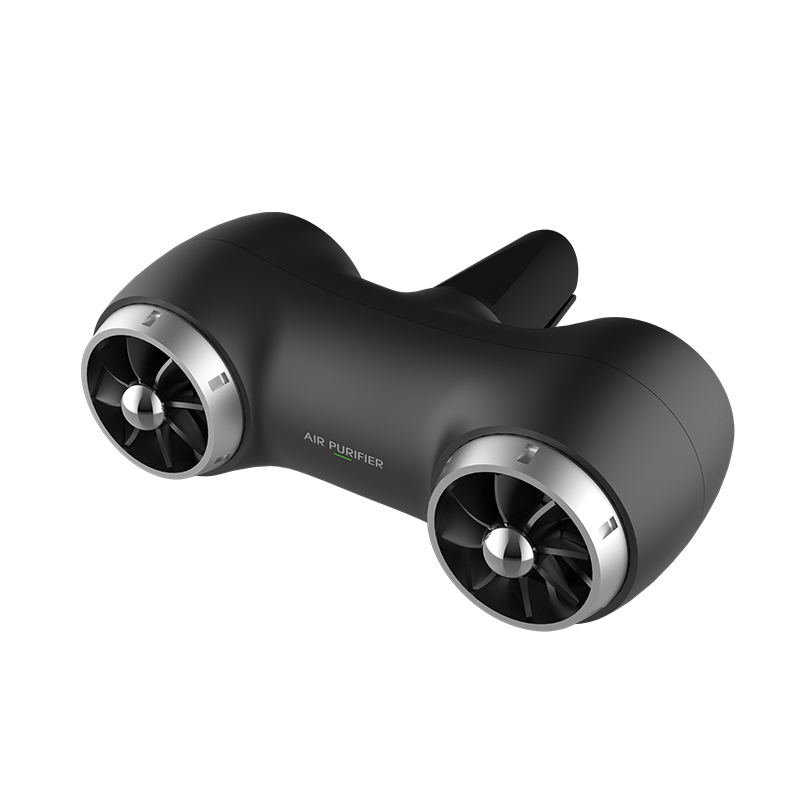CREATIVITY CHANGES YOUR LIFE
 Tel: +86 0755-84870739
Tel: +86 0755-84870739
 Email: info@nexhc.com
Email: info@nexhc.com
CREATIVITY CHANGES YOUR LIFE
 Tel: +86 0755-84870739
Tel: +86 0755-84870739
 Email: info@nexhc.com
Email: info@nexhc.com
Company news | Industry news | Exhibitions and events | Optimization dedicated | aromatherapy diffuser |
source:Air purifier Merchant release time:2021-11-10 Hits: Popular:aromatherapy diffuser direct sales

Song Guangsheng, director of the National Indoor Environment and Indoor Environmental Product Quality Supervision and Inspection Center, said that the current problem of false publicity of air purifiers is quite serious. Registering a company or simply using a foreign name will claim to be a well-known overseas brand." This kind of false propaganda is everywhere.
Another problem is to exaggerate the publicity, such as the cleanliness rate data often contains moisture. Some cleanliness rate data is super high, but in fact, it is often the purification effect with limited conditions, not the effect of the purifier. However, manufacturers will deliberately downplay the difference between the two in publicity and mislead consumers.
According to the person in charge of air purifier technology, there are mainly several problems in the promotion of the "purification rate" of air purifiers:
First, the "purification rate" tested in the laboratory and the purification effect obtained by consumers in actual use. Almost all air purifiers on the market advertise their "removal rate" in a particularly prominent position, but these "removal rates" are all obtained in a laboratory environment without exception. Consumers tend to ignore the experimental conditions under which the data is obtained, and take it for granted that "the problem of indoor air pollution can be solved by using an air purifier."
Second, the data under the laboratory conditions of some manufacturers are realistic in an extreme air environment, which is impossible to achieve in the residential environment of ordinary consumers, and the indoor space is much larger than the laboratory, and there are also formaldehyde and TVOC. The issue of continuous release, so these seemingly powerful propaganda data are difficult to achieve. Moreover, even in laboratory conditions, there will be problems due to different initial pollutant concentrations, different detection chamber sizes, and different action times.
Third, the "purification rate" of a single model and the general "purification rate". Many manufacturers often only mark the "purification rate" in the promotional materials of their products. In fact, each brand of air purifier has different models. Different models target different pollution environments. Some focus on PM2.5, while others. The focus is on formaldehyde. And even if it is the same type, there will be great differences in purification efficiency due to the different quality and cost of the filter material. Many manufacturers often just highlight their "purification rate" and avoid specific product models. Consumers also need to distinguish between true and false.
Fourth, the "purification rate" of the air outlet and the "purification rate" of the room. There are also manufacturers in the market exaggerating the purifying effect of the air outlet to demonstrate its purifying effect. In fact, the purification effect of the air outlet particles is even more one-sided than the "purification rate" of the laboratory. If key factors such as environmental pollution, applicable area, and air volume are avoided, this air outlet purification effect is even more deceptive. If the air volume, applicable area and other factors are not taken into consideration, even "zero particulate matter at the air outlet" is meaningless to consumers. Because consumers buy air purifiers, what they need is to purify the entire room, not to breathe fresh air into the air outlet! !
Fifth, the single "purification rate" and multiple "purification rates". It is understood that many purifier manufacturers often use different filters to test different items when submitting for inspection. For example, when detecting PM2.5, formaldehyde, benzene, and TVOC, different filters are used for detection. The single-item "purification rate" obtained in this way is often very high, but in fact, when consumers buy and use air purifiers, they often only use a set of filters. Therefore, even the single-item "purification rate" test data issued by an authoritative organization is far from the purification effect that consumers want.
Read recommendations:
H02 mini fan heater Heater Fan
How to determine the functional category of the on-board air purifier.Home air purifier manufacturer
NextWhat are the misunderstandings in the use of air purifiers.Home air purifier price
Popular recommendation
TS07
2022-02-17L05 Night Light
2021-09-14J16 Air Humidifier
2021-09-14K4 Air Purifier
2021-09-14L02 Night Light
2021-09-14The difference between aroma diffuser and humidifier
2022-03-18Hazard of formaldehyde in car interior
2022-03-07What is Hotel Scent Marketing?aromatherapy diffuser Factory
2022-04-19Air purifier manufacturers tell you the top-secret information about formaldehyde!Home air purifier
2021-12-24Introduce the common types of air purifiers from a functional point of view!Air purifier Processor
2021-10-22Does the humidifier emit radiation
2024-09-28Is using a humidifier at home harmful to the body?
2024-09-09How long does a dehumidifier usually run per day?
2024-09-09Humidifier classification
2024-08-24Humidifiers nourish daily life
2024-08-17Common classification methods for humidifiers
2024-08-10How to dehumidify with a dehumidifier
2024-07-22Working process of dehumidifier
2024-07-22High pressure micro fog humidifier for air conditioning unit
2024-07-13What are the possible reasons why humidifiers do not produce fog
2024-07-08Contact the following for inquiries regarding our services and products.
